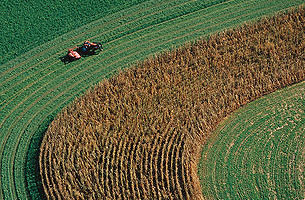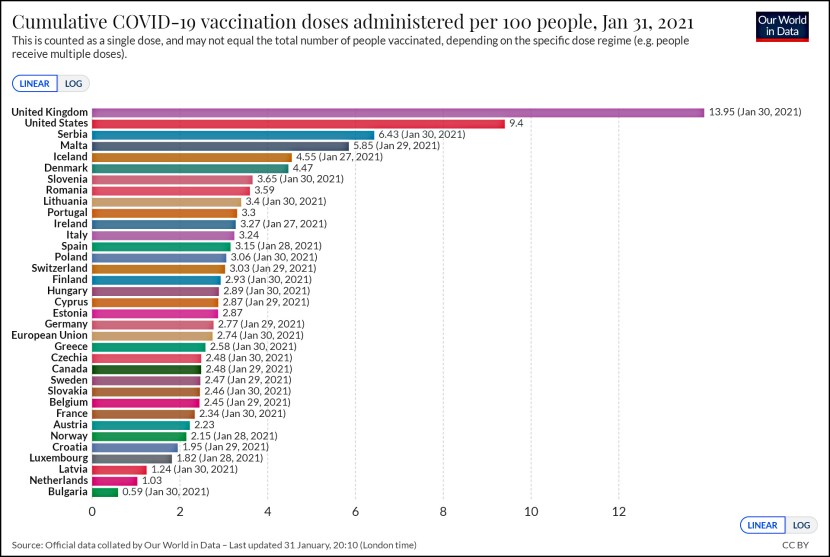True confession: as a blogger, I like articles that have a clear takeaway which I can excerpt and comment on. If there isn’t one, I sometimes put the piece aside and then never get back to it. Bad blogger.
 Paul Roberts has a piece like that in our current issue. It’s about food, and it’s got way too many moving parts to summarize fairly. So here’s a sort of randomly chosen taste:
Paul Roberts has a piece like that in our current issue. It’s about food, and it’s got way too many moving parts to summarize fairly. So here’s a sort of randomly chosen taste:
When most of us imagine what a sustainable food economy might look like, chances are we picture a variation on something that already exists — such as organic farming, or a network of local farms and farmers markets, or urban pea patches — only on a much larger scale….But that’s not the reality. Many of the familiar models don’t work well on the scale required to need billions of people.
….Consider what it would take to make our farm system entirely organic. The only reason industrial organic agriculture can get away with replenishing its soils with manure or by planting nitrogen-fixing cover crops is that the industry is so tiny — making up less than 3 percent of the US food supply (and just 5.3 percent even in gung-ho green cultures like Austria’s). If we wanted to rid the world of synthetic fertilizer use — and assuming dietary habits remain constant—the extra land we’d need for cover crops or forage (to feed the animals to make the manure) would more than double, possibly triple, the current area of farmland, according to Vaclav Smil, an environmental scientist at the University of Manitoba. Such an expansion, Smil notes, “would require complete elimination of all tropical rainforests, conversion of a large part of tropical and subtropical grasslands to cropland, and the return of a substantial share of the labor force to field farming — making this clearly only a theoretical notion.”
I’m something of a bug about scale problems, so this whole theme appeals to me. But the rest of the article is really good too. It’s well worth a few minutes of your time.

















